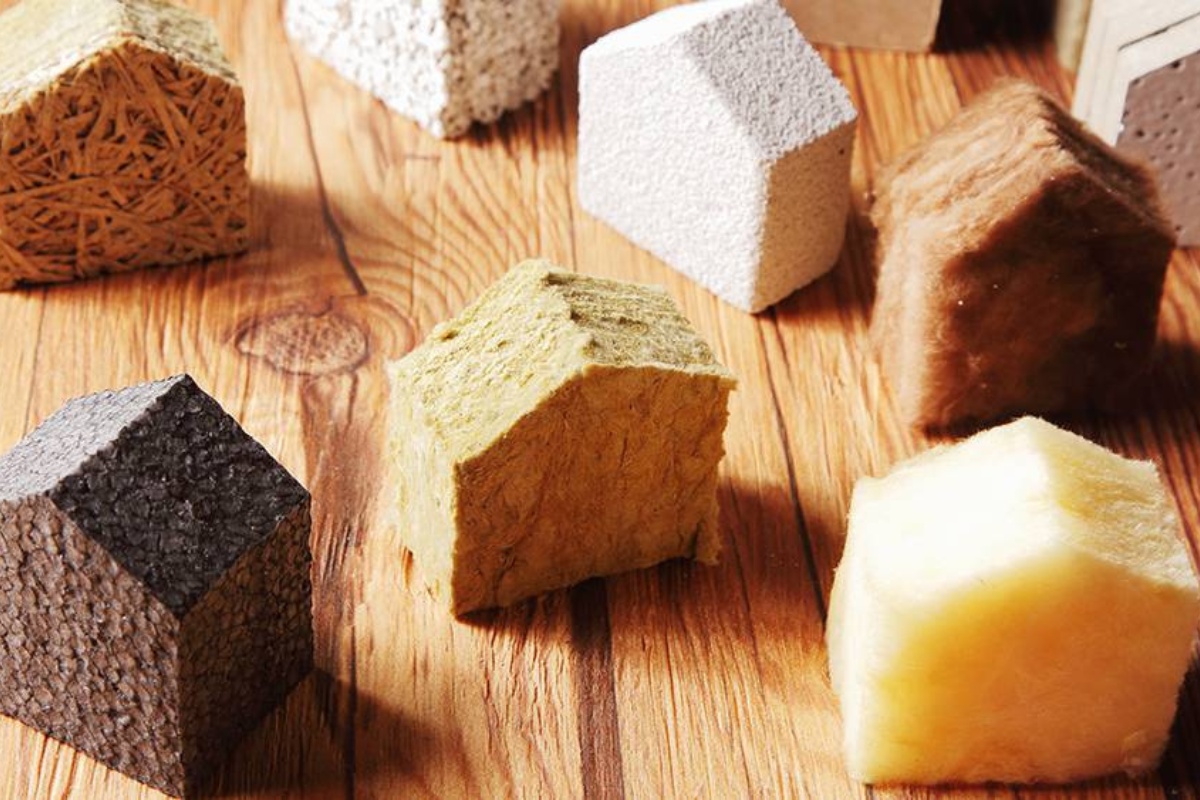

Articles
What Are The Different Types Of Insulation
Modified: January 8, 2024
Discover the different types of insulation through informative articles. Whether you're a homeowner or contractor, gain insights and make informed choices for your insulation needs.
(Many of the links in this article redirect to a specific reviewed product. Your purchase of these products through affiliate links helps to generate commission for Storables.com, at no extra cost. Learn more)
Introduction
Insulation plays a crucial role in maintaining comfortable temperatures indoors and reducing energy consumption. Whether you’re building a new home or renovating an existing one, choosing the right type of insulation is essential. The insulation market offers a wide range of options, each with its own benefits and considerations.
In this article, we will explore various types of insulation and provide insights to help you make an informed decision for your insulation needs. From commonly used materials like fiberglass and cellulose to more advanced options like spray foam and reflective insulation, we’ll cover the key characteristics and advantages of each.
Before we delve into the specific types of insulation, it’s important to understand the purpose and benefits of insulation. Insulation is primarily installed to reduce heat transfer, keeping the desired indoor temperature stable while preventing the escape of heated or cooled air.
Proper insulation not only contributes to a comfortable living environment but also helps save on energy costs. By reducing heat loss in colder months and heat gain during warmer months, insulation can significantly improve the energy efficiency of a building. Additionally, insulation can also provide acoustic insulation, reducing the transmission of sound between rooms or from outside sources.
Now, let’s explore some of the most common types of insulation available in the market today.
Key Takeaways:
- Choose the Right Insulation for Your Needs
From fiberglass to natural fiber, each insulation type offers unique benefits. Consider factors like cost, environmental impact, and performance to make an informed decision for your project. - Prioritize Comfort and Energy Efficiency
Insulation plays a crucial role in maintaining a comfortable living environment and reducing energy costs. Selecting the right type based on your specific needs can lead to long-term benefits for your home or building.
Read more: What Are The Different Types Of Curtains
Fiberglass Insulation
Fiberglass insulation is one of the most widely used and familiar types of insulation. It is made from small strands of glass fibers that are densely packed together. These fibers create tiny air pockets within the material, which trap heat and prevent it from escaping through walls, ceilings, and floors.
One of the main advantages of fiberglass insulation is its affordability. It is a cost-effective option for both new construction projects and retrofitting existing buildings. Fiberglass insulation also offers good thermal performance, effectively reducing heat transfer and providing insulation against both hot and cold temperatures.
Fiberglass insulation is available in various forms, including batts, rolls, and loose-fill. Batts and rolls are pre-cut sheets that can be easily installed between wall studs, ceiling joists, and floor joists. Loose-fill fiberglass insulation, on the other hand, is blown into cavities or spaces using special equipment.
Another benefit of fiberglass insulation is its fire resistance. The glass fibers used in its production have high melting points, making fiberglass insulation inherently non-combustible. This can contribute to the overall fire safety of a building.
When installing fiberglass insulation, it is important to ensure proper coverage and sealing of any gaps or air leaks. This can be achieved by using vapor barriers or air barriers, which help to improve insulation performance and reduce energy loss.
While fiberglass insulation has many advantages, it is worth noting that it can cause skin irritation and respiratory issues if not handled properly during installation. It is recommended to wear protective clothing, gloves, and a mask when working with fiberglass insulation.
In summary, fiberglass insulation is a widely used and cost-effective insulation option that provides thermal insulation and fire resistance. It is available in different forms and can be installed in various building components. However, care should be taken during installation to protect against potential health hazards.
Cellulose Insulation
Cellulose insulation is an eco-friendly and energy-efficient option that is made from recycled paper materials. Commonly composed of shredded newspapers or other paper products, cellulose insulation is treated with fire retardants to enhance its fire resistance.
One of the key advantages of cellulose insulation is its high thermal performance. The tiny fibers in cellulose create a dense matrix that effectively slows down heat transfer, providing excellent insulation against both cold and hot temperatures.
Cellulose insulation is commonly used in attics, walls, and floors. It can be blown into cavities using specially designed equipment or installed as loose-fill. Cellulose insulation can also be applied as a spray-on insulation in hard-to-reach areas.
In addition to its thermal insulation properties, cellulose insulation also offers great soundproofing characteristics. The dense fibers absorb sound waves, reducing noise transmission between rooms and from outside sources.
Cellulose insulation is considered environmentally friendly as it is made from recycled materials. By using cellulose insulation, you are not only reducing landfill waste but also minimizing the need for new resource extraction. Additionally, cellulose insulation has a long lifespan, meaning it can provide insulation benefits for many years.
One of the challenges of cellulose insulation is its susceptibility to moisture and mold. While cellulose is treated with fire retardants, it absorbs moisture more easily than other insulation materials. Therefore, proper moisture control measures, such as vapor barriers and adequate ventilation, are essential to prevent potential issues.
It is important to note that cellulose insulation should be installed by professionals who understand the proper techniques and safety precautions. The installation process requires the use of special equipment and knowledge of building codes to ensure a successful and safe installation.
In summary, cellulose insulation is a sustainable and efficient option for thermal and sound insulation. It is made from recycled materials, offering environmental benefits. However, adequate moisture control measures are crucial to prevent potential issues, and professional installation is recommended for optimal results.
Spray Foam Insulation
Spray foam insulation is a versatile and effective method of insulating buildings. This type of insulation is created by mixing two chemical components – isocyanate and polyol resin – which react and expand to form a foam that adheres to surfaces and creates a thermal barrier.
There are two main types of spray foam insulation: open-cell and closed-cell. Open-cell foam is lighter and more flexible, allowing for more expansion and better sound insulation. Closed-cell foam, on the other hand, is denser and offers a higher R-value, providing better thermal insulation.
Spray foam insulation is known for its excellent insulation properties and ability to seal air leaks. The foam expands and fills in gaps, cracks, and voids, creating an airtight barrier that prevents the transfer of heat and air. This can result in significant energy savings and improved comfort in a building.
One of the advantages of spray foam insulation is its ability to conform to irregularly shaped spaces and hard-to-reach areas. The foam can be sprayed directly onto surfaces, including walls, ceilings, and floors, ensuring complete coverage and eliminating thermal bridging.
In addition to its insulating properties, spray foam insulation provides excellent moisture resistance. The closed-cell structure of some spray foam types acts as a vapor barrier, preventing the passage of moisture and reducing the risk of mold and mildew growth.
It is important to note that the installation of spray foam insulation requires professional expertise and specialized equipment. The chemicals used in the process are potentially hazardous, so it is crucial to follow strict safety protocols during installation.
While spray foam insulation offers many benefits, it is typically more expensive than other types of insulation. The cost can vary depending on factors such as the size of the project and the type of foam used. However, the long-term energy savings and increased comfort provided by spray foam insulation can offset the initial investment over time.
In summary, spray foam insulation is a highly effective option for insulation and air sealing. It provides excellent thermal and moisture resistance properties, but professional installation is necessary. While it may be more expensive upfront, the long-term benefits make spray foam insulation a valuable investment for energy-efficient buildings.
When choosing insulation, consider factors such as R-value, material type, and installation method. Research the different options available to find the best fit for your specific needs and budget.
Rigid Foam Insulation
Rigid foam insulation, also known as foam board insulation, is a type of insulation material that is made from polymers such as polystyrene, polyisocyanurate, or polyurethane. It is a lightweight and durable option that offers excellent thermal resistance.
Rigid foam insulation comes in the form of rigid panels or boards, which are available in various thicknesses. These panels are typically easy to handle and can be cut to fit specific spaces or shapes. Rigid foam insulation is commonly used in walls, roofs, and foundations to provide continuous insulation.
One of the main advantages of rigid foam insulation is its high R-value, which refers to its thermal resistance. The dense structure of the foam and its low thermal conductivity make it highly effective in preventing heat transfer. As a result, rigid foam insulation can significantly improve the energy efficiency of a building.
Rigid foam insulation also offers other benefits such as moisture resistance and sound insulation. The closed-cell structure of some types of rigid foam creates a barrier against the intrusion of water and helps prevent the growth of mold and mildew. Additionally, the rigid nature of the material contributes to its sound-absorbing properties, reducing noise transmission between rooms.
When installing rigid foam insulation, it is important to ensure proper sealing and covering of joints and gaps. This can be accomplished using tape, adhesive, or spray foam. The goal is to create a continuous and airtight barrier to maximize the insulation’s effectiveness.
One consideration with rigid foam insulation is its flammability. While most foam insulation materials are treated with fire retardants, it is essential to comply with local building codes and regulations to ensure fire safety. Some foam insulation types have enhanced fire resistance properties, making them suitable for specific applications.
Another factor to keep in mind is the environmental impact of rigid foam insulation. Some foam materials, such as polystyrene, are not biodegradable and can contribute to landfill waste. However, there are environmentally friendly options available, such as polyisocyanurate insulation with bio-based content.
In summary, rigid foam insulation is a durable and effective choice for thermal insulation. It offers high R-value, moisture resistance, and sound absorption properties. Proper installation and consideration of fire safety and environmental impact are important for maximizing its benefits.
Read more: What Are The Different Types Of Screwdriver
Reflective Insulation
Reflective insulation, also known as radiant barrier insulation, is a type of insulation that uses reflective materials to reflect radiant heat. Instead of primarily slowing down heat transfer like other insulation materials, reflective insulation primarily focuses on blocking the radiation of heat.
Reflective insulation typically consists of a reflective material, such as aluminum foil, that is laminated to a backing material. This backing material could be kraft paper, polyethylene foam, or another type of substrate. The reflective surface of the insulation reflects radiant heat away from the building, helping to keep the interior cool in hot climates.
One of the main advantages of reflective insulation is its ability to reduce radiant heat gain. By reflecting the sun’s radiant heat away from the building, reflective insulation can significantly lower the demand for air conditioning and reduce energy consumption. This can result in cost savings on cooling expenses during hot summer months.
Reflective insulation is often used in attics, roofs, and walls, where it can work in conjunction with other insulation materials. It can be installed facing the exterior, between roof rafters, or under roof sheathing to create a radiant barrier. Combining reflective insulation with traditional insulation can provide an effective thermal barrier and enhance energy efficiency.
Another advantage of reflective insulation is its durability and low maintenance requirements. The reflective surface is not affected by moisture, mold, or vermin, making it a long-lasting option. It does not settle or deteriorate over time, ensuring consistent performance throughout its lifespan.
However, it is important to note that reflective insulation is most effective in hot climates with significant sun exposure. In cooler climates, the benefits of reflective insulation may be less pronounced, as the primary concern is retaining heat rather than blocking radiant heat.
Installation of reflective insulation is typically straightforward and does not require professional expertise. It can be stapled, nailed, or adhered to surfaces using appropriate fasteners. However, it is essential to properly seal any seams or gaps to prevent air leakage and ensure maximum effectiveness.
In summary, reflective insulation is a specialized type of insulation that primarily blocks radiant heat. It can reduce cooling costs in hot climates by reflecting heat away from the building. Reflective insulation is durable, low maintenance, and can be used in conjunction with other insulation materials to enhance energy efficiency.
Natural Fiber Insulation
Natural fiber insulation is an environmentally friendly option that is made from renewable and sustainable materials. It is a type of insulation that utilizes natural fibers derived from plants or animals to provide thermal insulation for buildings.
There are various types of natural fiber insulation materials available, each with its own unique properties and benefits. Some common examples include cotton, sheep’s wool, hemp, flax, and cellulose insulation made from recycled paper.
One of the key advantages of natural fiber insulation is its low environmental impact. The production of these materials requires fewer energy resources and results in less carbon emissions compared to the manufacturing of synthetic insulation materials. Additionally, natural fiber insulation can be recycled or biodegraded at the end of its lifespan, reducing waste and promoting sustainability.
Natural fiber insulation offers excellent thermal performance, effectively reducing heat transfer and improving energy efficiency. The dense structure of the fibers helps to trap air pockets, creating an effective thermal barrier. This can result in reduced energy consumption for heating and cooling, leading to lower utility bills.
In addition to its thermal insulation properties, natural fiber insulation also provides good sound absorption. The natural fibers have the ability to dampen sound waves, reducing noise transmission between rooms and from external sources. This can contribute to a quieter and more comfortable living environment.
Another benefit of natural fiber insulation is its breathability. These materials have the ability to absorb and release moisture, helping to regulate humidity levels and prevent condensation. This can be particularly beneficial in reducing the risk of mold and mildew growth, as well as maintaining indoor air quality.
When installing natural fiber insulation, it is important to ensure proper coverage and sealing to maximize its effectiveness. The insulation materials can be installed as batts, loose-fill, or blown-in insulation, depending on the specific type used. It is recommended to consult with professionals or follow manufacturer guidelines for proper installation techniques.
It’s worth noting that, similar to other insulation materials, natural fiber insulation has some considerations. It can have a higher initial cost compared to traditional insulation options, and some materials may have specific requirements for moisture protection. However, the long-term benefits, both for the environment and for energy efficiency, can make natural fiber insulation a valuable investment.
In summary, natural fiber insulation is a sustainable and eco-friendly option for thermal and sound insulation. It offers good thermal performance, breathability, and low environmental impact. Proper installation and consideration of specific material requirements are important to maximize its benefits.
Conclusion
Insulation is a critical component of any building, providing thermal comfort, energy efficiency, and noise reduction. With the wide array of insulation options available, it is important to understand the characteristics and benefits of each type in order to make an informed decision.
Fiberglass insulation, with its affordability and fire resistance, is a popular choice for many homeowners. It provides effective thermal insulation and is available in various forms for different installation requirements.
Cellulose insulation, made from recycled paper materials, offers excellent thermal and sound insulation properties. It is an environmentally friendly option and can be installed as loose-fill or blown-in insulation.
Spray foam insulation is a versatile option that provides superb insulation and air sealing. It conforms to irregular spaces and creates a tight barrier against heat transfer. However, professional installation is necessary due to the nature of the chemicals used.
Rigid foam insulation is a durable and efficient choice with high R-values. It offers moisture resistance and sound insulation, but proper installation and consideration of fire safety are important.
Reflective insulation, also known as radiant barrier insulation, is effective in blocking radiant heat. It is particularly useful in hot climates and can be combined with traditional insulation for enhanced energy efficiency.
Natural fiber insulation, made from renewable and sustainable materials, provides excellent thermal and sound insulation. It is environmentally friendly and breathable, but may have higher upfront costs.
Choosing the right insulation for your project requires considering factors such as climate, budget, environmental impact, and desired performance. It is advisable to consult with professionals or manufacturers to ensure proper installation techniques and to adhere to local building codes and regulations.
In conclusion, selecting the appropriate type of insulation is crucial for creating a comfortable and energy-efficient living or working space. Each type has its own advantages and considerations, and the decision should be based on your specific needs and priorities. With proper installation and maintenance, insulation can provide long-term benefits, contributing to energy savings, sustainability, and a healthier living environment.
Frequently Asked Questions about What Are The Different Types Of Insulation
Was this page helpful?
At Storables.com, we guarantee accurate and reliable information. Our content, validated by Expert Board Contributors, is crafted following stringent Editorial Policies. We're committed to providing you with well-researched, expert-backed insights for all your informational needs.
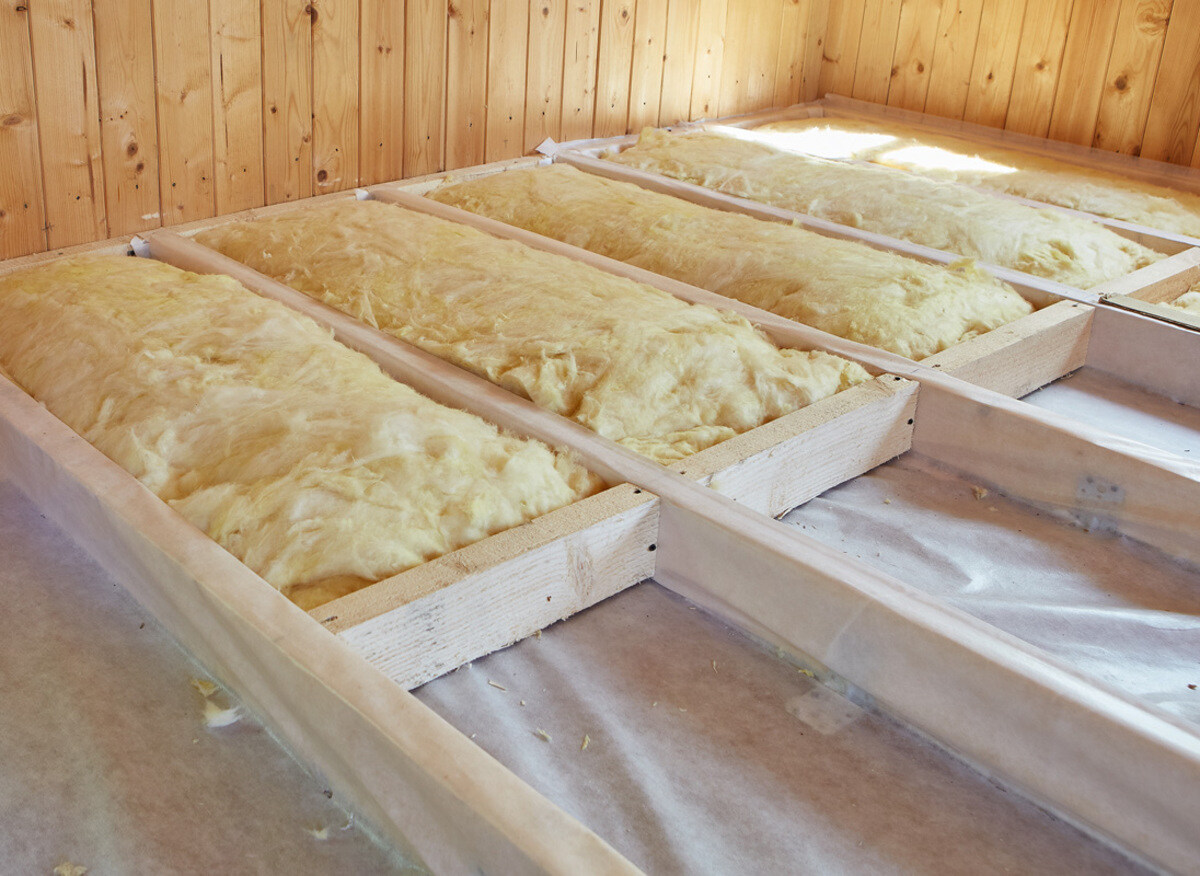
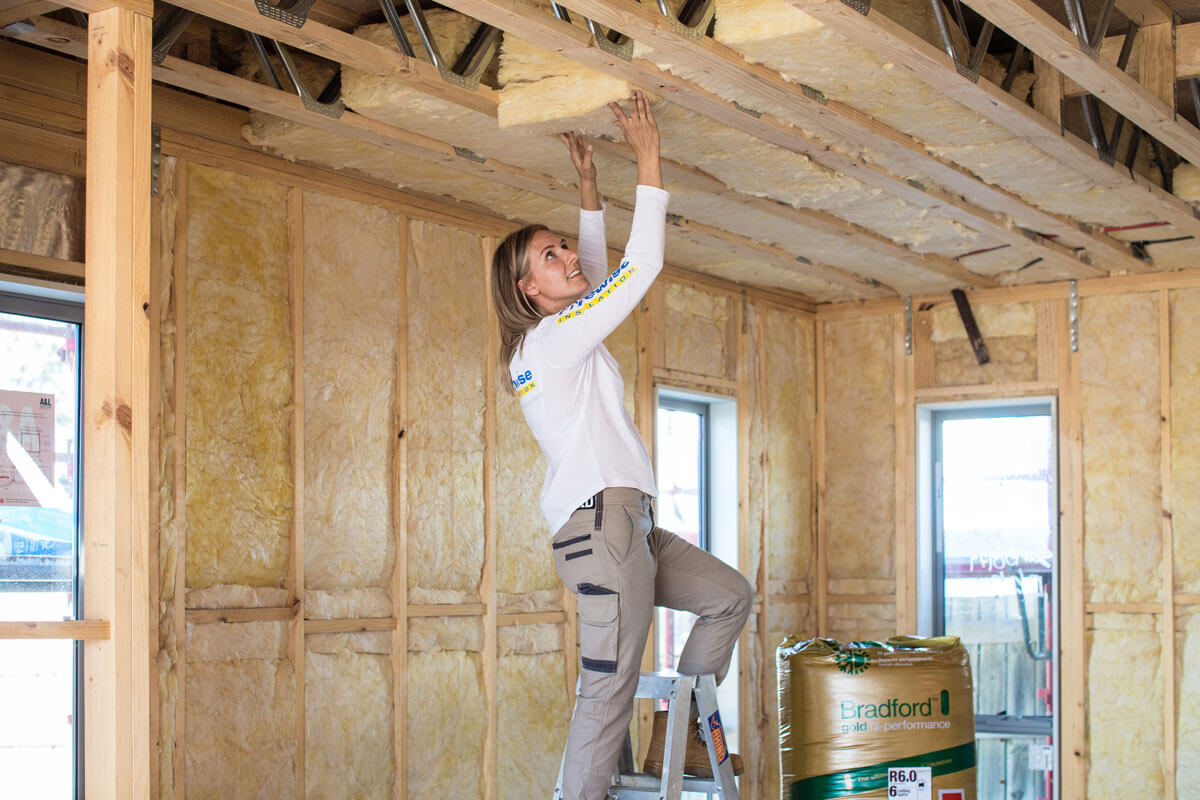
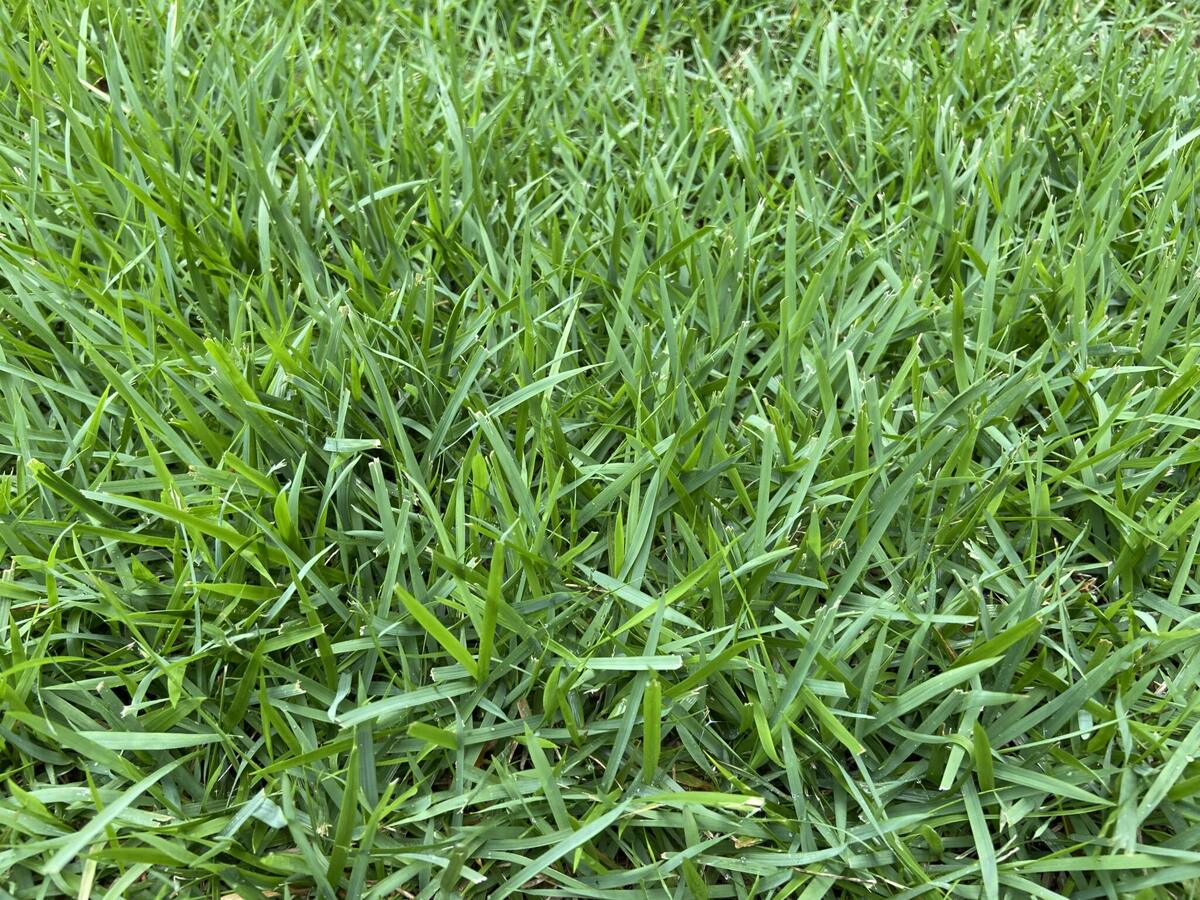
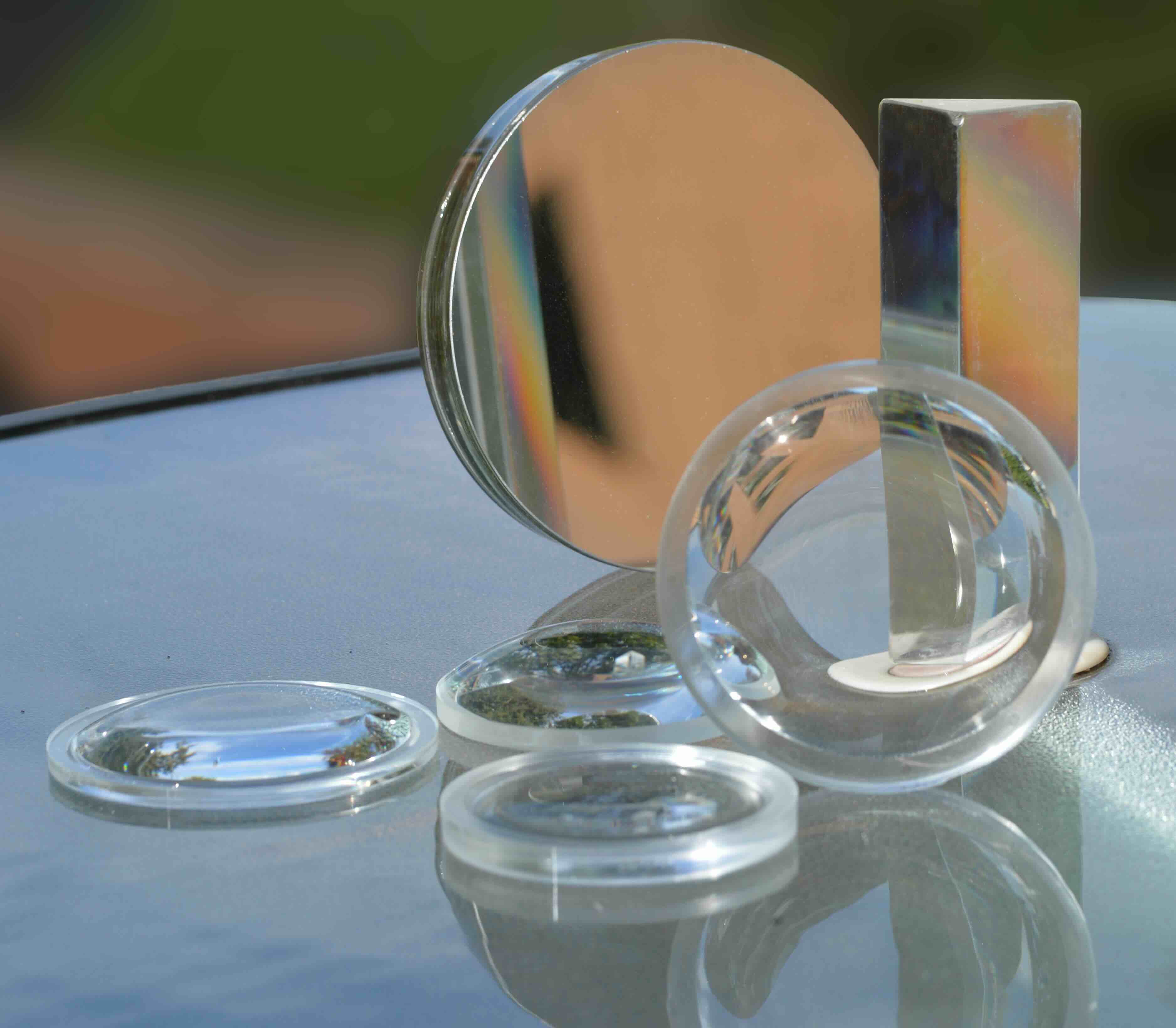
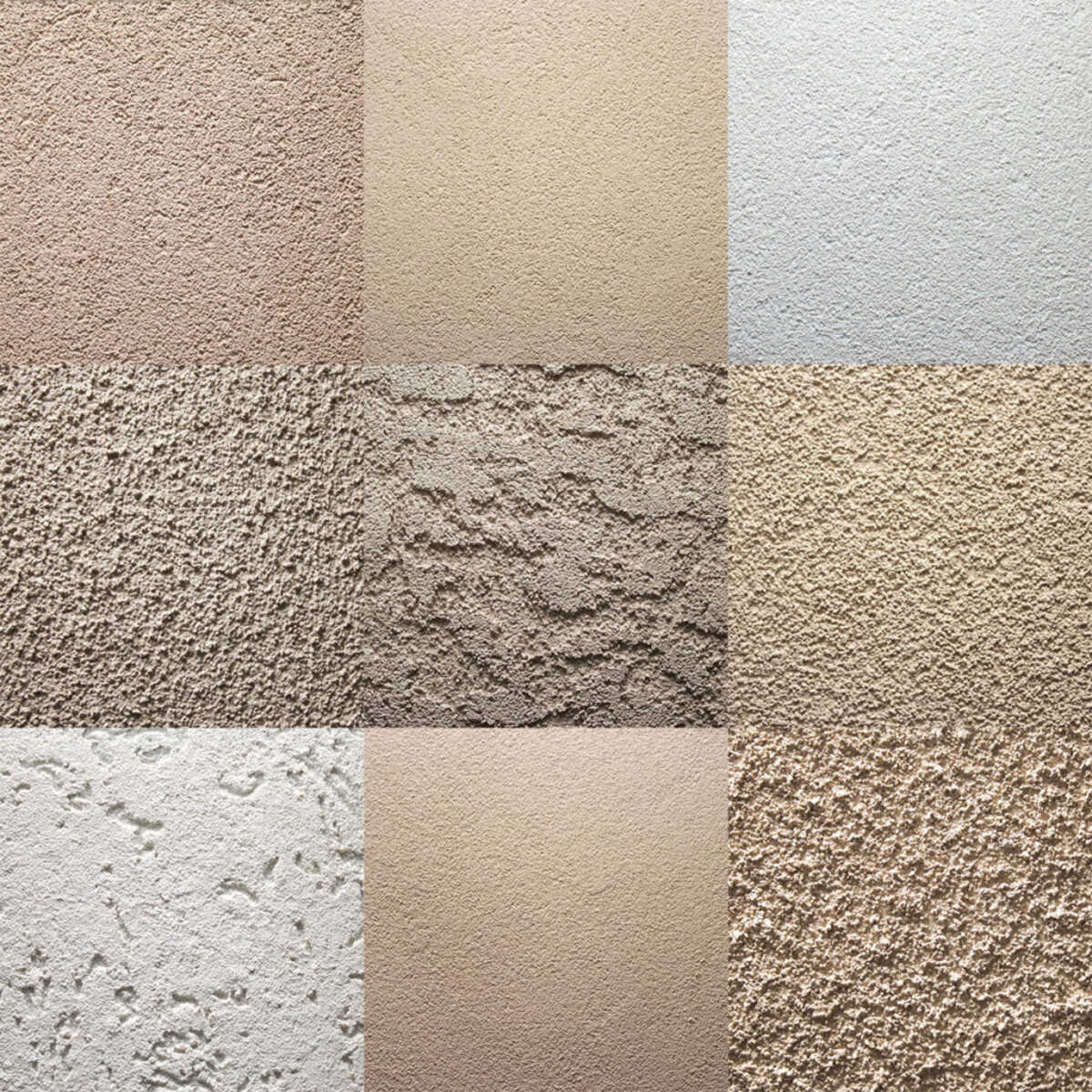
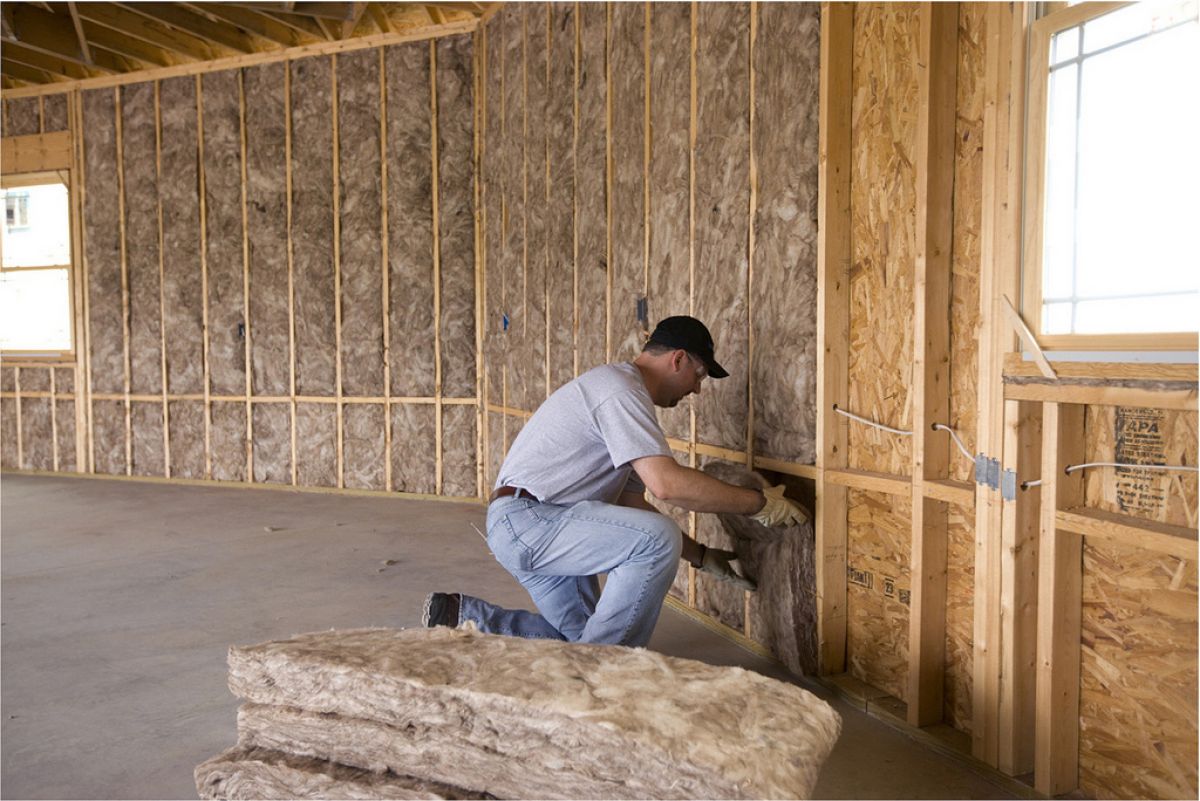
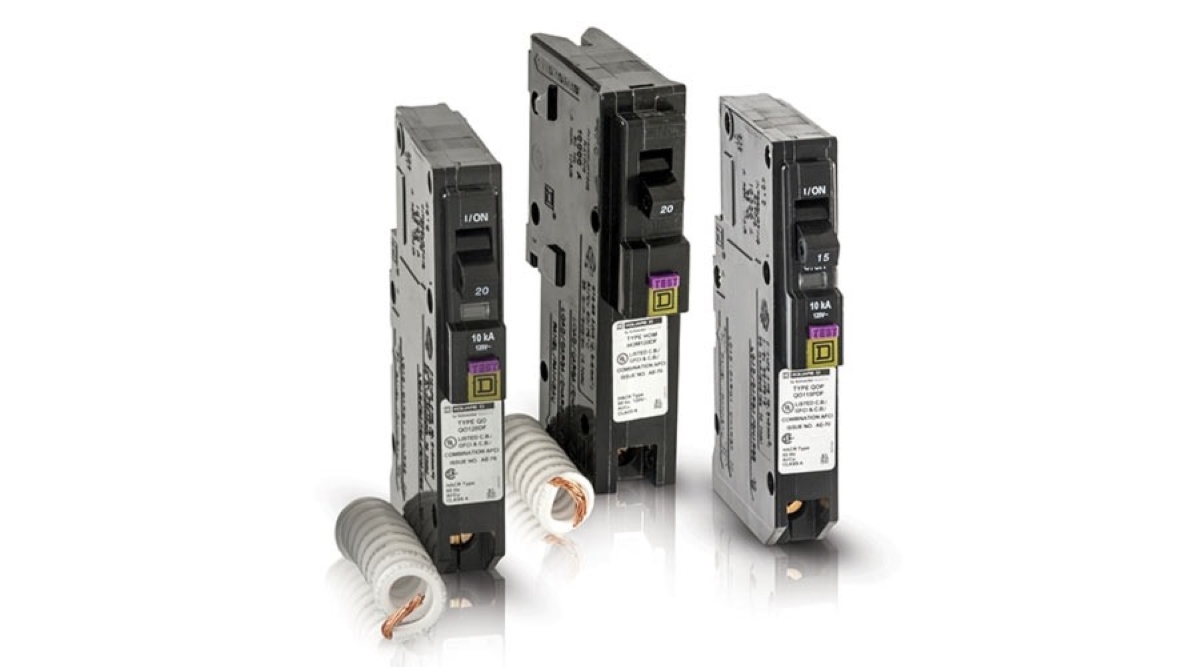

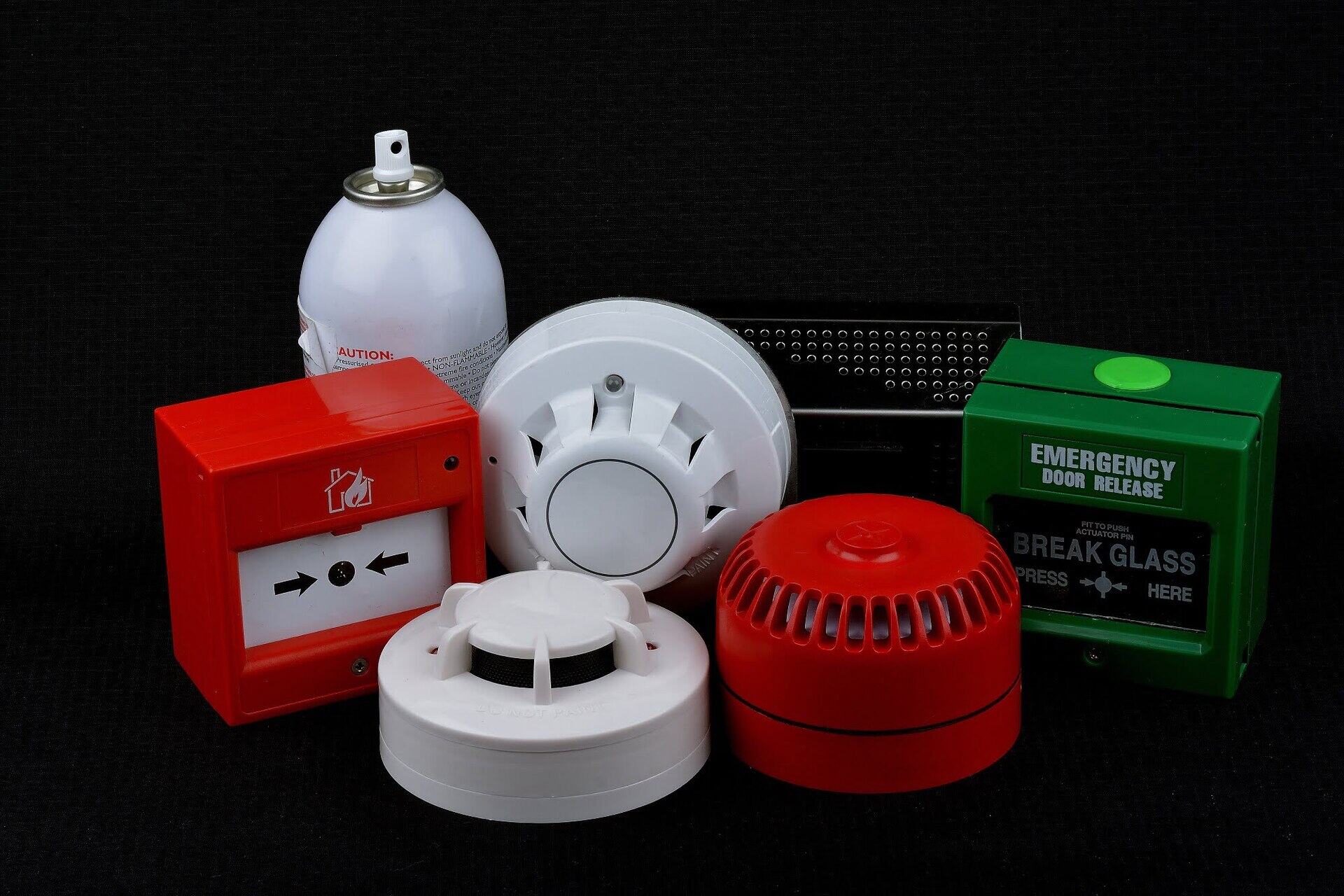
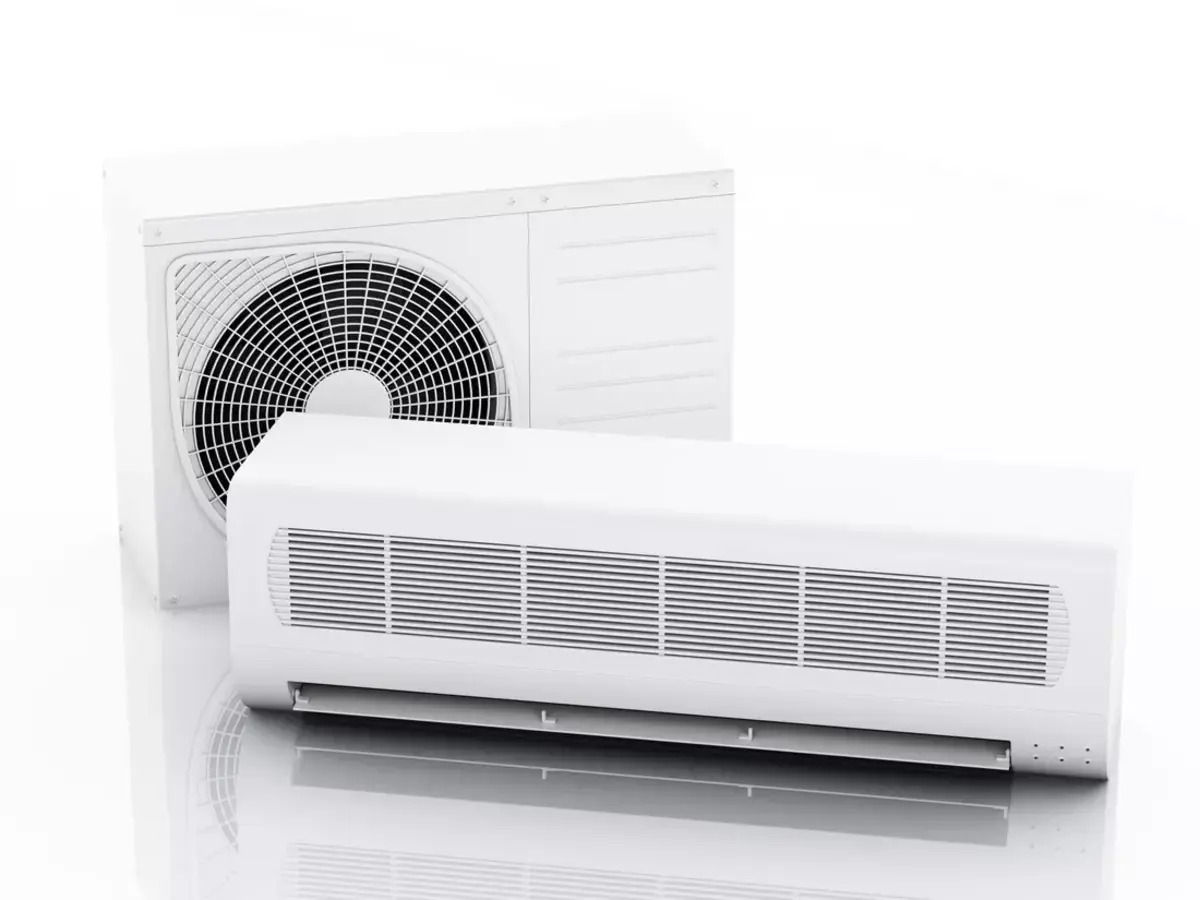
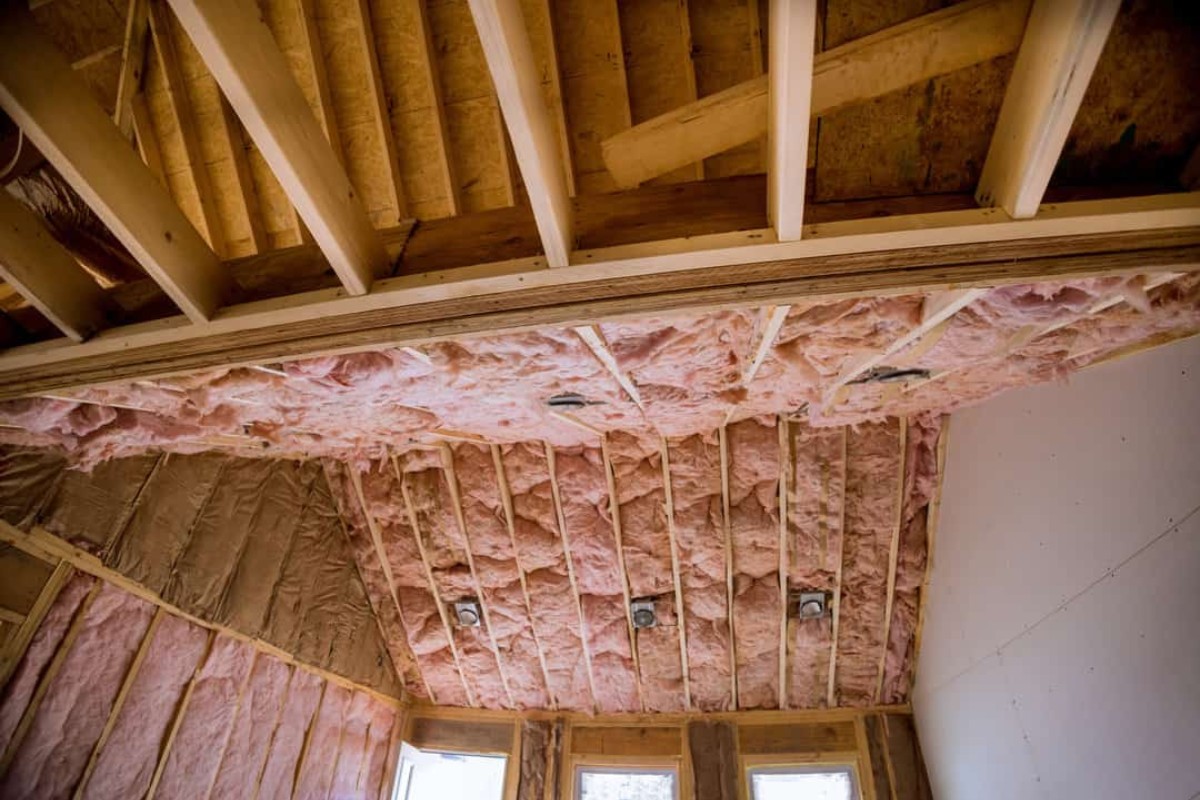
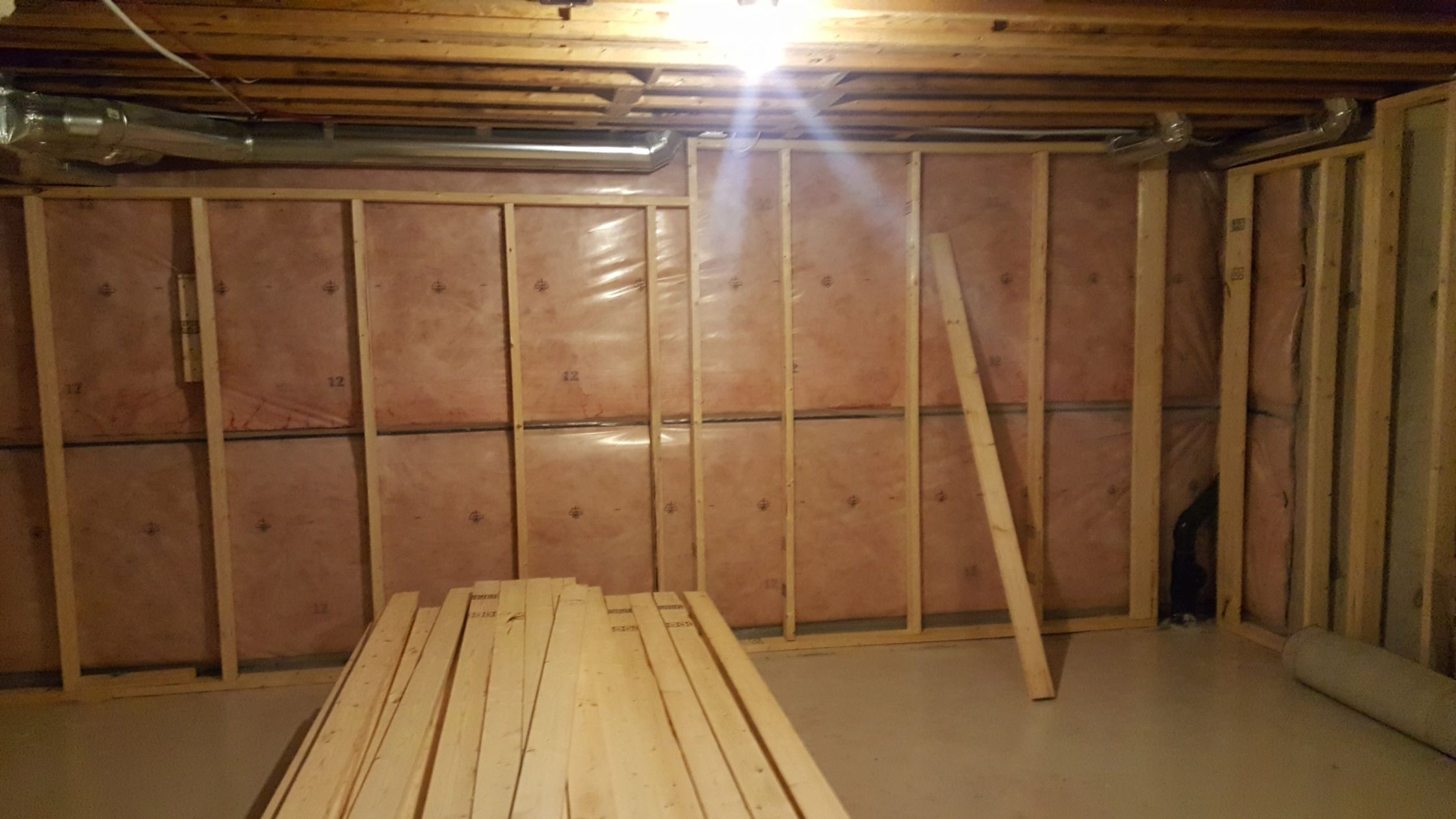

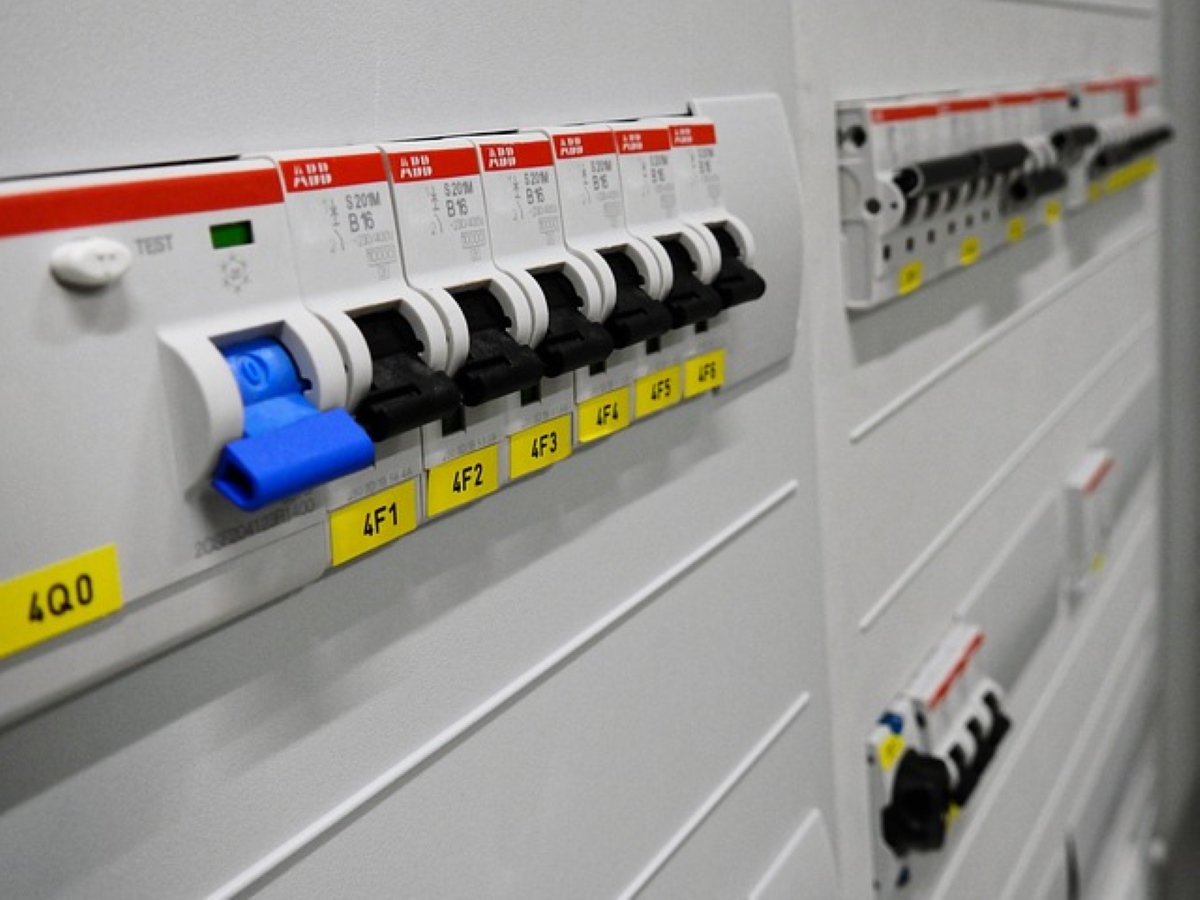

0 thoughts on “What Are The Different Types Of Insulation”